Katie Lennon is editor of MDedge's Family Practice News and Internal Medicine News. She has also served as editor of CHEST Physician; a staff writer for Financial Times publications; and a reporter for the Princeton Packet, Ocean County Observer, and South Bend Tribune. She is a graduate of the University of Notre Dame, South Bend, Ind. Follow her on Twitter @KatieWLennon.
News
Plasma Omega-6 and Omega-3 Fatty Acids Inversely Associated With Cancer
- Author:
- Katie Lennon
The findings support possible small net protective roles of omega-3 and omega-6 PUFAs in the development of new cancer incidence, the researchers...
News
Prostate Cancer Treatment Associated With More Complications
- Author:
- Katie Lennon
Researchers conducted a cohort study to try to characterize long-term treatment-related adverse effects and complications in patients treated for...
News
Adjuvant Chemo Beneficial in TNBC With High Immune Infiltration
- Author:
- Katie Lennon
Researchers conducted a retrospective analysis of a phase 3 trial to identify the specific population that benefited from adjuvant capecitabine....
News
Survival Outcomes in Hepatocellular Carcinoma Patients Show Improvement Over Time
- Author:
- Katie Lennon
Researchers conducted a retrospective cohort study to evaluate survival trends among 3441 patients with HCC.
News
Does Medicare Advantage Offer Higher-Value Chemotherapy?
- Author:
- Katie Lennon
Researchers conducted a cohort study to look at Medicare Advantage enrollment and treatment patterns for patients with cancer receiving...
News
Screening Identifies Familial Risk for Hereditary Breast and Ovarian Cancer in Large Health System
- Author:
- Katie Lennon
The number needed to test to detect one BRCA1/2-positive patient decreased from 128 to 53 for women and from 119 to 42 for men when prescreening...
News
Black Women Have a Higher Risk for Death in BC Subtypes
- Author:
- Katie Lennon
Researchers examined racial differences in BC survival by subtype through conducting a systematic review and meta-analysis of 18 US studies.
News
Hair straighteners’ risk too small for docs to advise against their use
- Author:
- Katie Lennon
Primary care doctors are unlikely to address the increased risk of uterine cancer in women who frequently use hair straighteners that a new study...
News
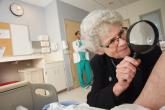
Dr. Faith Fitzgerald was dedicated to her patients, students, and friends
- Author:
- Katie Lennon
She worked as a medical educator, influencing several people interviewed for this story in that role.
News
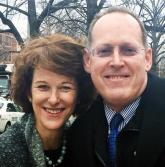
Honoring Dr. Paul Farmer: Dr. Serena Koenig shares her memories of working with him
- Author:
- Katie Lennon
Dr. Farmer and his colleagues at Partners in Health started the HIV Equity Initiative, which was one of the first programs in the world to provide...
Opinion
Editor’s note on 50th Anniversary series
- Author:
- Katie Lennon
April Lockley, DO, represents a new generation of family physicians who began their careers in the 21st century, and she is hopeful that the...
News
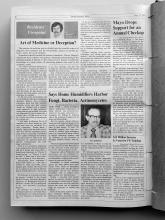
‘Residents’ Viewpoint’ revisited
- Author:
- Katie Lennon
Read about the experiences of a resident practicing family medicine today and a resident practicing family medicine nearly 4½ decades ago.
News
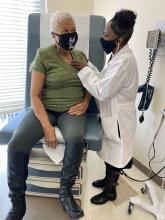
Patient contact with primary care physicians declines in study
- Author:
- Katie Lennon
Experts describe possible drivers of decreased patient visits and contact.
News
Family Practice News celebrates 50 years
- Author:
- Katie Lennon
Look for articles, commentaries, and other special features highlighting the evolution of the specialty throughout 2021.
News
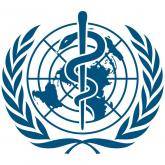
WHO: Asymptomatic COVID-19 spread deemed ‘rare’
- Author:
- Jeff Craven
- Katie Lennon
“It is important to breakdown truly asymptomatic vs pre-symptomatic vs mildly symptomatic.”
